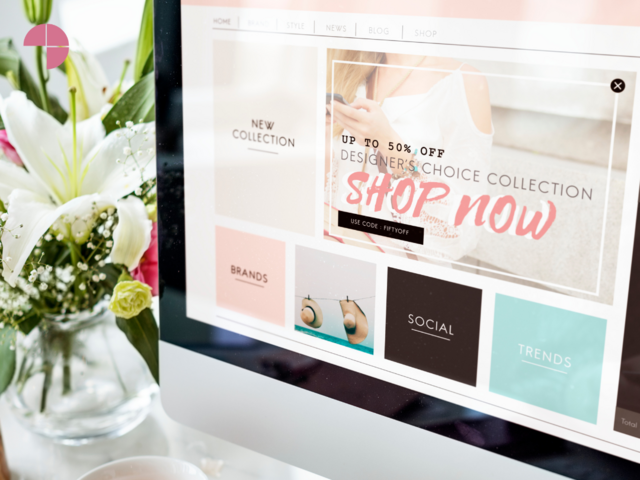Websites have become the shopfront of virtually all businesses and they are the first interaction a potential client or customer will experience. It is for this reason that web design has a responsibility to make the site accessible to all users including those with disabilities. This is not just a moral obligation but it’s also a legal and ethical necessity. Despite growing awareness, there are still common errors that will frequently undermine the accessibility of digital spaces. This blog will highlight 5 of the most prevalent accessibility mistakes in website design as well as guidance on how to avoid them, ensuring your website is welcoming to everyone.

Neglecting keyboard navigation
Whether it’s personal preference or physical disability, there are many users who rely on keyboard navigation. Websites that fail to support keyboard navigation effectively lock out this demographic, creating a frustrating user experience. To avoid this, ensure your website design allows for easy navigation using keyboard shortcuts. This includes functionality for tabbing through links, buttons, and form fields, as well as keyboard-accessible drop-down menus.
How to avoid:
- Regularly test your website using only a keyboard.
- Ensure all interactive elements are focusable and reachable through keyboard inputs.
Overlooking alternative text for images
Images enrich web content, but for users who rely on screen readers, an image without alternative text (alt text) will inhibit usability. Alt text describes the content and function of images on your website, providing context to those who cannot see them.
How to avoid:
- Always include concise, descriptive alt text for every image.
- Remember that alt text is also beneficial for SEO.
Ignoring colour contrast
Users with visual impairments such as colour blindness, will benefit greatly from contrasting use of colour. This ensures that text stands out against its background, making it more readable. Poor contrast not only makes a website hard to read but can also render it unusable for a significant portion of your audience.
How to avoid:
- Use tools to check and adjust the colour contrast ratios on your website.
- Aim for a contrast ratio of at least 4.5:1 for normal text and 3:1 for large text.
Forgetting to label forms properly
Forms are an essential method of interaction on many websites, but if they are not designed correctly, they can be a major source of frustration for users with disabilities. Labels tell users what information belongs in each field so without clear labels, those using screen readers can often find it difficult to fill out forms. This will result in poor user experience.
How to avoid:
- Ensure every form field has a corresponding label that is programmatically linked to it.
- Use placeholder text sparingly and never as a substitute for a label.
Disregarding responsive and adaptive design
With such a large variety of devices being used to access the internet, from smartphones to laptops, responsive and adaptive design is crucial for accessibility. A website that looks great on a desktop but cannot adapt to a mobile device will exclude a vast number of users from effectively accessing your content.
How to avoid:
- Design your website with a mobile-first approach.
- Regularly test your website’s functionality and presentation across different devices and screen sizes.
Making your website accessible is an ongoing process that benefits not only users with disabilities but also improves the overall user experience for everyone. By avoiding these common errors, you can ensure your website is inclusive, reaching a wider audience, and complying with accessibility standards. But remember, accessibility is not a one-time only task, it is a principle to be integrated into every stage of your website design and development process.
Digital media design courses
Discover a whole world of digital media design with our cutting-edge courses, tailored to ignite your creativity and launch your career into the dynamic realm of digital design. Our courses are crafted to immerse you in the latest trends and technologies, from engaging web design and interactive media to compelling digital content creation. Guided by industry experts, you'll gain hands-on experience with real-world projects, ensuring you master the tools and techniques that are in high demand. Whether you're thinking about becoming a digital artist, a web designer, or a multimedia specialist, our courses provide the foundation and advanced skills needed to excel in this fast-paced industry. Transform your passion into a reality and produce digital experiences that captivate and inspire. Enrol now and start your journey to becoming a leader in digital media design.



